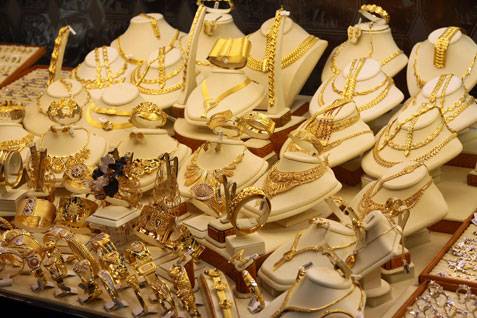Global energy and industrial sectors depend heavily on rare earth elements (REEs), a group of 17 metals essential for everything from electric-vehicle batteries and smartphones to wind turbines and catalytic converters. Although REEs usually appear only in small quantities—often as trace elements bound with similar minerals—they are not truly rare; some, like cerium, are more abundant than lead. Yet only about 1% of these elements is recycled globally due to the difficulty of separating them, their low concentrations in products, and the energy-intensive and hazardous recycling methods currently in use.
Critical materials such as aluminum and cobalt, by contrast, have far higher recycling rates—often approaching 100%. Aluminum scrap has now emerged as one of Europe’s most valuable critical raw materials, as the European Union intensifies efforts to keep more recyclable resources within the continent. According to EU trade commissioner Maroš Šefčovič, more than one million metric tons of aluminum scrap leave Europe each year as exports—an amount the bloc sees as far too high. Europe is a net exporter of aluminum scrap, with shipments reaching a record 1.26 million tons in 2024.
Rising US tariffs on primary aluminum have driven a surge in European scrap exports to the United States. A large share—up to 65%—also goes to Asian markets, including China, India, and Turkey, while other volumes flow to OECD countries outside the EU. Although President Donald Trump doubled tariffs on primary and semi-fabricated aluminum to 50% in June, aluminum scrap remains exempt. Still, the trend predates Trump’s second administration: consultancy Project Blue estimates that European scrap exports to non-EU destinations have grown by nearly 9% annually from 2018 to 2024.
The EU has set a target for recycled materials to supply 25% of the bloc’s total critical-metal needs by 2030. Europe requires much more recycled aluminum because its recovery uses only 5% of the energy needed to produce primary aluminum. With soaring energy costs having forced many primary smelters in Europe to shut down, the rise in scrap exports is worsening the continent’s raw-material shortage. European leaders now fear they may not meet the 2030 target, with the European Aluminium Association estimating that around 15% of the region’s recycling-furnace capacity is currently idle due to a lack of feedstock.
Not all aluminum scrap is equally valuable. High-purity scrap, such as used beverage cans, is in particularly high demand in Europe—one reason the aluminum industry is pushing for an immediate export ban on this category. Europe recycles around 75% of aluminum drink cans, compared with just 43% in the United States. By contrast, mixed-grade scrap such as “Zorba” and “Twitch,” typically recovered from end-of-life vehicles, is far harder and more expensive to process, and the EU is more willing to export it.
Recycling Potential
The potential for recycling critical minerals and REEs is enormous. Earlier studies show that improving collection systems for batteries, lamps, and magnets could raise REE recycling rates from today’s 1% to between 20% and 40%. That would equal roughly 5% of global mined REE output—around half of the United States’ annual production. Even more could be achieved. Simon Jowitt, assistant professor of geoscience at the University of Nevada, Las Vegas, told ArsTechnica that recycling rates could exceed 40% if technologies such as electric-vehicle systems are widely adopted.
Still, recycling large amounts of REEs is no simple task. Many electronics destined for recycling contain only small or uneven quantities of REEs, making recovery costly and inefficient. In many cases, manufacturers do not oversee recycling processes directly, leaving them unaware of the precise materials embedded in their own products.
Here, the US rare-earth industry could learn from Europe.
Under the EU’s Waste Electrical and Electronic Equipment (WEEE) directive, manufacturers must finance or carry out recycling of their own devices. Retailers must provide free collection services for e-waste, with clear rules for sellers and consumers. Vendors of new appliances are required to offer free “take-back” of similar old items, and large retailers must accept small electronics for recycling without requiring any purchase. These policies form part of a broader framework aimed at responsible disposal, reuse, and recycling of electronic devices.
Ultimately, success may depend on political will—or the lack of it.
Permitting procedures in the United States are notoriously long, often stretching up to three decades, compared with just two years in countries like Australia and Canada. The complex layers of local, state, and federal regulations also pose major obstacles for US mining companies, especially compared with their Chinese competitors.


